
Uholan Wholesale LR6 Alkaline 5 Battery AA 1.5v Alkaline Battery Low Price Toys Wireless Mouse Remote Control


Uholan Alkaline Battery No.7 LR03 Alkaline Primary Battery AAA Battery No.7 Wholesale Industrial Matching





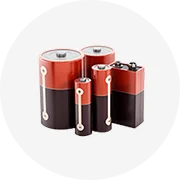
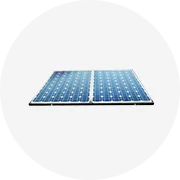
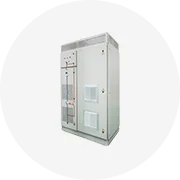


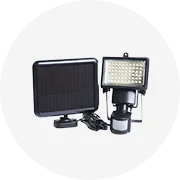
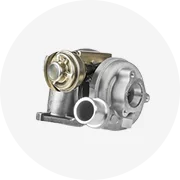
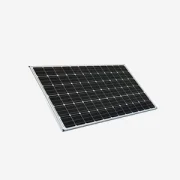

C alkaline battery, also known as No. 2 battery, is a type of alkaline dry battery with a cylindrical shape. It is a disposable battery that cannot be charged or reused. C-size alkaline batteries are a common type of battery used in consumer electronics, widely used in devices such as remote controls, flashlights, alarms, toys, and small household appliances.
Alkaline batteries are batteries made with zinc as the negative electrode, manganese dioxide as the positive electrode, sodium hydroxide or potassium hydroxide as the electrolyte, and a reverse polarity structure. The international standard model of the No. 2 battery is LR14, also known as the C-type battery. Its voltage is 1.5V, and its capacity is about 4000mAh. Due to differences in production processes and materials among different brand manufacturers, specific technical parameters may vary.
Cylindrical battery structure: Alkaline batteries have a representative cylindrical structure, which is exactly opposite to the structural layout of cylindrical ordinary zinc manganese batteries. In alkaline zinc manganese batteries, the circular positive electrode is adjacent to the inner wall of the container steel cylinder, and the negative electrode is located in the middle of the positive electrode. There is a nail-shaped negative current collector, which is welded to the top cover as the negative electrode of the battery, and the steel cylinder is the positive electrode.
Roll-up battery structure: Its structure uses a metal mesh as the carrier, pressing the positive and negative electrodes into thin strips and then stacking them together with a diaphragm to form a spiral (capacitive) structure of the battery. The characteristics of this structure are that the positive and negative electrodes have a large action area and a small overpotential and can obtain higher capacity during low temperature and high current discharge. Square-shaped single-cell battery structure: The positive and negative electrodes of the square-shaped single-cell battery adopt a group of electrode structures, and the positive and negative electrodes are respectively pressed into square-shaped thin sheets, with a metal current collector net sandwiched in the middle of the electrode sheets.
Some c 1.5-volt batteries is designed to be rechargeable several times. Hence, they are called rechargeable alkaline batteries. Attempting to charge standard alkaline batteries may lead to rupture or leakage of harmful liquids, which can corrode the equipment. Alkaline 1.5 vc batteries are prone to leakage of potassium hydroxide, which is a corrosive agent that can irritate the respiratory tract, eyes, and skin. People can reduce this risk by not attempting to charge disposable alkaline batteries, not mixing different types of batteries in the same device, and replacing all batteries simultaneously by storing them in a dry place. At room temperature, remove the battery to store the device. All batteries will gradually discharge (whether or not installed in the device), and depleted batteries will eventually leak. Extreme temperatures can also cause battery breakage and leakage (such as in summer cars) and reduce the battery's shelf life.